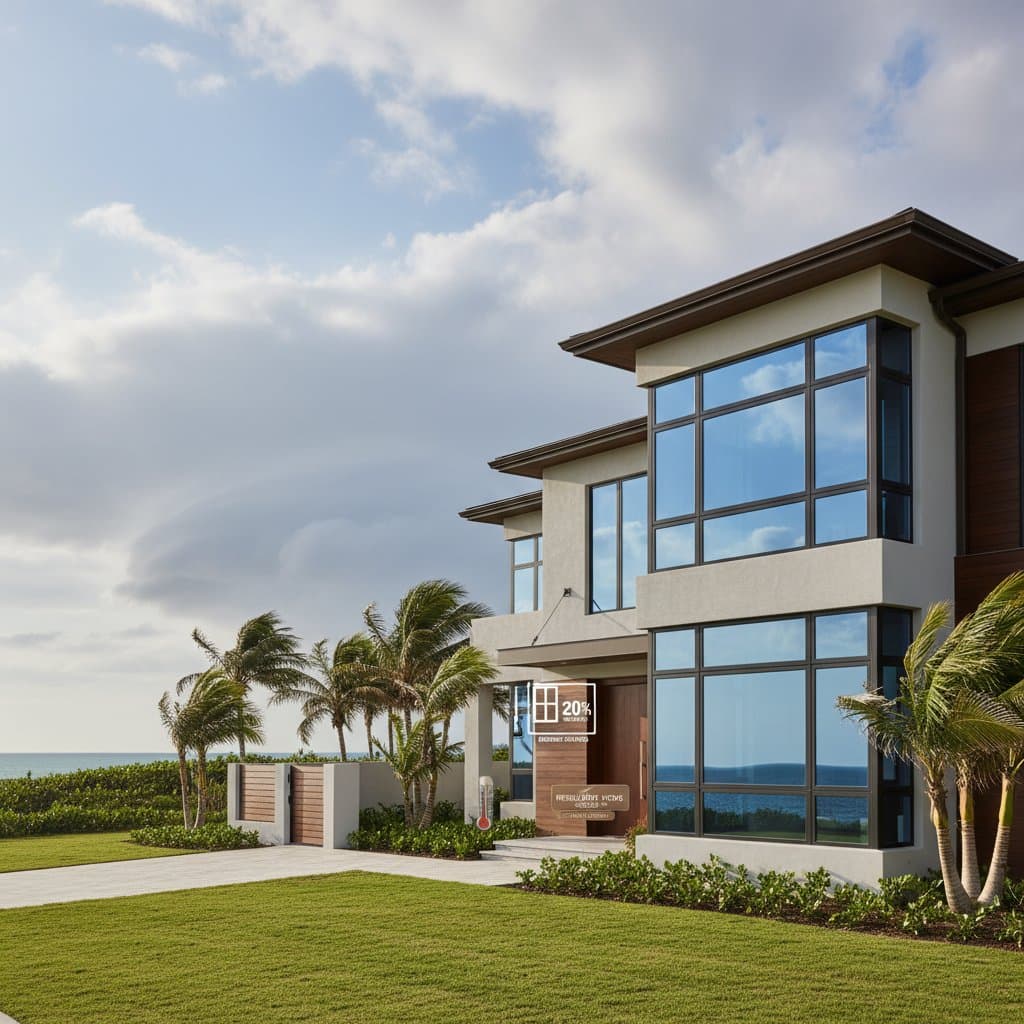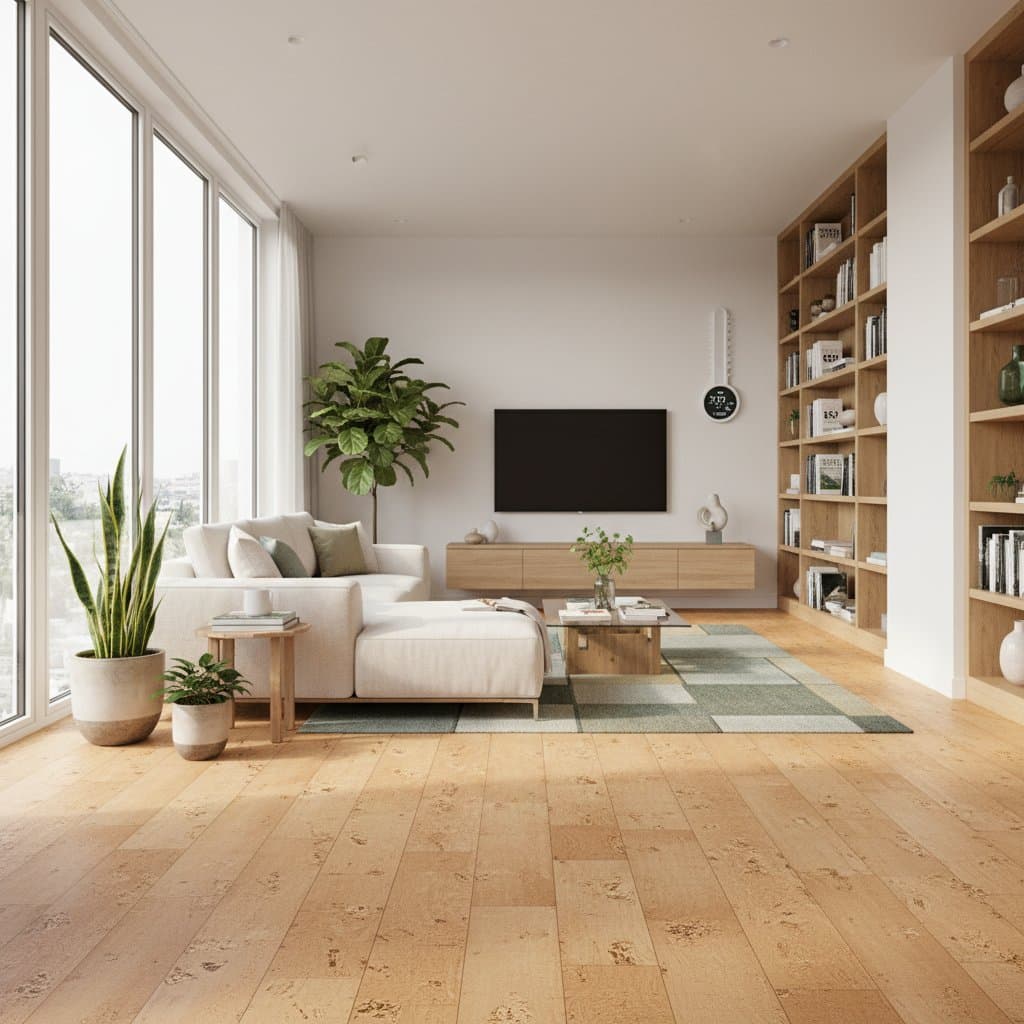Understanding Storm Windows and Their Role in High-Wind Areas
Storm windows serve as an additional layer of protection installed over existing windows. They shield homes from severe weather conditions, particularly in regions prone to hurricanes and high winds. Homeowners in these areas often seek durable upgrades that enhance safety without compromising aesthetics.
These installations consist of frames fitted with glass or plastic panels. Interior or exterior mounting options allow for flexibility based on local climate and building codes. Proper selection ensures long-term performance against flying debris and pressure changes during storms.
The Impact on Home Value
In high-wind zones, storm windows contribute significantly to property appeal. Real estate experts note that such upgrades can elevate market value by up to 15 percent. Buyers prioritize resilience features, viewing them as essential for long-term security.
This value increase stems from reduced risk exposure. Properties equipped with storm windows attract offers more quickly and at higher prices. Appraisers factor in these enhancements during evaluations, recognizing their role in mitigating weather-related damages.
Local market dynamics amplify this effect. In coastal or tornado-prone regions, fortified homes command premiums. Sellers who document installations often see faster closings and negotiations in their favor.
Energy Efficiency Gains
Storm windows create a barrier that minimizes heat transfer. They reduce drafts and seal gaps around primary windows, leading to lower heating and cooling costs. Annual savings can reach 10 to 20 percent on utility bills, depending on the home's size and insulation levels.
Double or triple glazing options within storm panels enhance thermal performance. Low-emissivity coatings reflect infrared radiation, maintaining indoor temperatures. These features prove especially beneficial in variable climates where temperature swings are common.
Over time, the return on investment becomes evident. Initial costs recover through consistent energy reductions. Homeowners report noticeable comfort improvements alongside financial benefits.
Enhanced Safety and Protection
High winds pose threats through shattered glass and structural stress. Storm windows absorb impacts from debris, preventing injuries and property damage. Tempered glass or polycarbonate materials withstand forces that would break standard panes.
Building codes in vulnerable areas often mandate such reinforcements. Compliance not only avoids fines but also safeguards occupants during extreme events. Emergency services highlight how these barriers reduce cleanup and repair needs post-storm.
Noise reduction adds another layer of security. Exterior panels dampen sounds from wind and rain, promoting a quieter living environment. This aspect appeals to families and those sensitive to environmental disturbances.
Insurance Premium Reductions
Insurers reward proactive measures against weather risks. Installing storm windows qualifies many policies for discounts of 5 to 15 percent. Coverage for wind damage becomes more affordable, reflecting the lower likelihood of claims.
Documentation plays a key role in securing these benefits. Certificates from certified installers verify compliance with industry standards. Annual policy reviews allow homeowners to update details and maximize savings.
Long-term, these reductions compound. Combined with value appreciation, the upgrade delivers multifaceted financial advantages. Insurers view such investments as indicators of responsible ownership.
Choosing the Right Materials
Selection begins with assessing local threats. Aluminum frames offer durability and low maintenance, ideal for coastal corrosion. Wood options provide insulation but require periodic treatment against moisture.
Glass versus plastic panels influence performance. Laminated glass resists shattering, while acrylic alternatives lighten the load on structures. Consider UV protection to prevent fading of interior furnishings.
Customization ensures a seamless fit. Measurements must account for existing window dimensions and operational styles. Professional consultations help balance cost with desired features.
- Evaluate wind speed ratings for your zone.
- Review material warranties, typically 10 to 20 years.
- Opt for operable designs if ventilation matters.
Installation Best Practices
Professional installation guarantees effectiveness. Certified contractors adhere to manufacturer guidelines, ensuring secure anchoring. DIY approaches risk voids in seals, compromising protection.
Timing aligns with seasonal preparations. Pre-storm seasons allow for thorough checks. Exterior mounts require weatherproofing to prevent water infiltration.
Post-installation inspections verify alignment and functionality. Adjust seals as needed to maintain airtight conditions. Building permits may apply in regulated areas.
Maintenance for Longevity
Routine care extends the lifespan of storm windows. Clean panels annually with mild soap solutions to remove salt or dirt buildup. Inspect frames for cracks or loose hardware.
Lubricate moving parts to preserve smooth operation. In humid environments, apply protective coatings to metal components. Address minor issues promptly to avoid escalation.
Seasonal preparations include tightening fasteners before wind events. Storage of removable panels demands dry, secure spaces. Consistent upkeep preserves both performance and appearance.
Realizing the Full Benefits
Storm windows represent a strategic investment for high-wind residences. They deliver protection, efficiency, and economic returns in one comprehensive solution. Homeowners who prioritize these upgrades position their properties for resilience and market strength.
Consult local experts to tailor installations to specific needs. The combination of safety enhancements and cost savings underscores their value. Ultimately, these features foster peace of mind amid unpredictable weather patterns.







